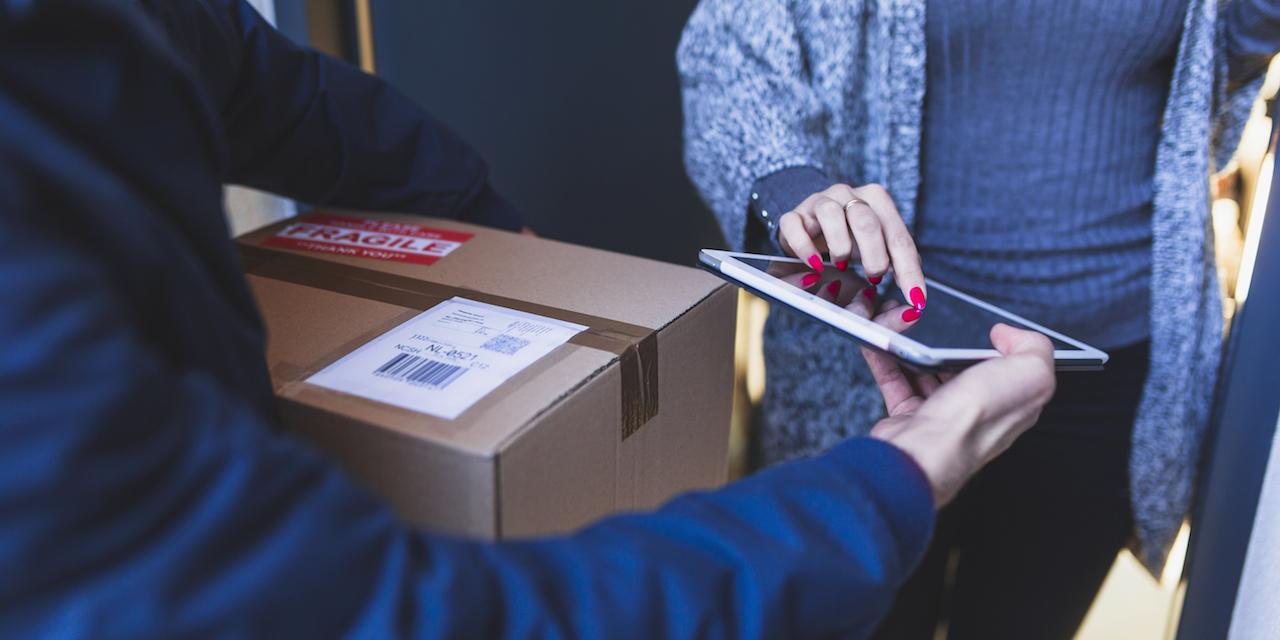Si votre entreprise consomme du transport de colis, BtoC comme BtoB, vous êtes sans doute tiraillé entre deux priorités : d’une part, réduire vos coûts de transport; d’autre part, ne pas entacher la qualité de la livraison des colis aux clients, pour leur offrir toujours la meilleure expérience.
Or, l’un des leviers pour optimiser vos frais de transport, BtoB ou e-commerce, réside dans le fait de mener des appels d’offres transport bien ficelés. Votre objectif : trouver les meilleurs tarifs de transporteurs.
Pour ce faire, il est cependant nécessaire de suivre certaines bonnes pratiques. Découvrez donc dans cet article 7 conseils pour réussir votre appel d’offres transport, transmis par Matthieu Erly, fondateur du cabinet ColisConsult, expert en la matière.
N’hésitez pas non plus, dès maintenant, à télécharger la méthode concrète et complète de ColisConsult : en 10 étapes, elle vous dévoile comment réussir votre AO de A à Z.
[cta id=’5f5681| Getting started: when to tender for transport?Transporters generally increase their rates annually, often on 1 January, with increases to improve their profitability. Therefore, you need to be in a position to monitor the declining competitiveness of your current transporters, and to regularly take the time to do a full market survey. |

1.
Properly terminate contracts with your current carriers
Did you notice? Your current contracts with your carriers include a notice of withdrawal, usually 3 months. Before you even start designing your tender, make sure you terminate this contract. This process will allow you toavoid being stuck with your current carrier, which could then prevent you from transferring your flows to your new service provider.
2. Collect and consolidate the right data to be included in your
tender Be aware that the quality of the proposals you will receive will depend on the quality and readability of the information that you will have transmitted to your bidders. You will therefore need to collect certain data in your transport tender. There are two types of information to collect
- Your annual statistics, which give an overall view of your business
- Your invoices for the last few months, which allow you to see in detail what you are currently being billed for, package by package
but it is not just a matter of passing on this data as it is in your transport tender. Your aim is to make it easy to understand, so that the bidders can easily simulate their real operating costs and make you an offer that is as close as possible to your needs. This is essential! Telling the transporters that you spend 1 million euros a year on transport is not a recommendable and effective approach to obtaining the best rates. They need details
so to make this raw data easily usable by your bidders, proceed as follows
- Break down your shipments by geographical area and by weight range, indicating whether they are actual or invoiced weight. This allows bidders to make proposals by integrating the notion of invoicing by weight volume (increasingly applied by carriers, for express and export shipments, but also for national shipments for some).
- Split your flows with each carrier, so as to give them visibility on the distribution of your traffic with your current suppliers.
you will then have in your hands well segmented data, ready to be integrated into your transport tender.
3. Create matrices to be filled in by bidders
To make this data from your activity even more readable, it is now a question of gathering it in an easily exploitable document.Therefore, gather all this data in a single Excel document, with several tabs presenting the rules of the transport tender, the description of your activity, your statistical data… This document must also include matrices to be filled in by your bidders. Indeed, it is a question of allowing your bidders to fill in their own detailed tariff proposals in the same document. By constructing your own matrices, based on your last transport invoices, you yourself will draw up a grid for your bidders to fill in
- Their basic price list, to check that they have filled in your matrices.
- The list of all possible supplements and their application rules: Saturday delivery, off-gauge, fuel surcharge, etc
note that these supplements can represent 20 to 40% of a company’s transport costs! This should motivate you to collect all the necessary documentation from the very first bids.
5. Compare the qualitative criteria of the service offered
Beyond transport costs, certain qualitative criteria are essential to compare in your call for tenders: delivery times, commitment to quality of service, the carrier’s commercial involvement, etc. Make sure you
- Include a scoring table in your analysis that weighs up the financial and qualitative criteria
- Have a good feeling and feel that your sales representative isresponsive: if he or she is not very responsive before the contract, it is possible that he or she will be absent afterwards..
encore une fois, toute la finesse d’un AO transport réside dans le fait de trouver le bon transporteur, au bon prix, sans entacher l’expérience de livraison vécue par votre client final.

6. Ne pas changer plus d’un transporteur à la fois
Une fois votre appel d’offres transport dépouillé, vous avez fait votre choix. Mais comment savoir s’il s’agit du meilleur choix possible ? Telle est la question.
Pour éviter de bousculer tous vos process d’un coup, et vous assurer d’avoir fait le bon choix, pensez à faire vos changements de transporteurs de manière progressive.
Commencez à faire travailler votre nouveau prestataire sur une logique de test. Attribuez-lui tout d’abord une petite proportion de vos envois, pour ensuite augmenter la charge des flux que vous lui confier. Cette phase de test vous aidera à vous assurer que vous avez fait le bon choix dans votre AO transport.
7. Après l’appel d’offres : surveiller le contrat et les premières
factures
- The contract you sign with the chosen service provider, to make sure that it respects what was announced during the call for tenders.
- The invoices, especially the first ones you receive, both for the transport rates and for the supplements you have renegotiated.
whether you are an e-tailer or a B2B company, obtaining competitive transport contracts that are adapted to your business is a key element for your success. Obtaining these contracts should therefore be the focus of your attention, with the involvement of your operational and purchasing teams throughout the transport tender process. We hope that these 7 tips will help you to obtain the offers you deserve! To go further, and to ensure optimal transport AOs, don’t hesitate to download the ColisConsult 10-step method.














